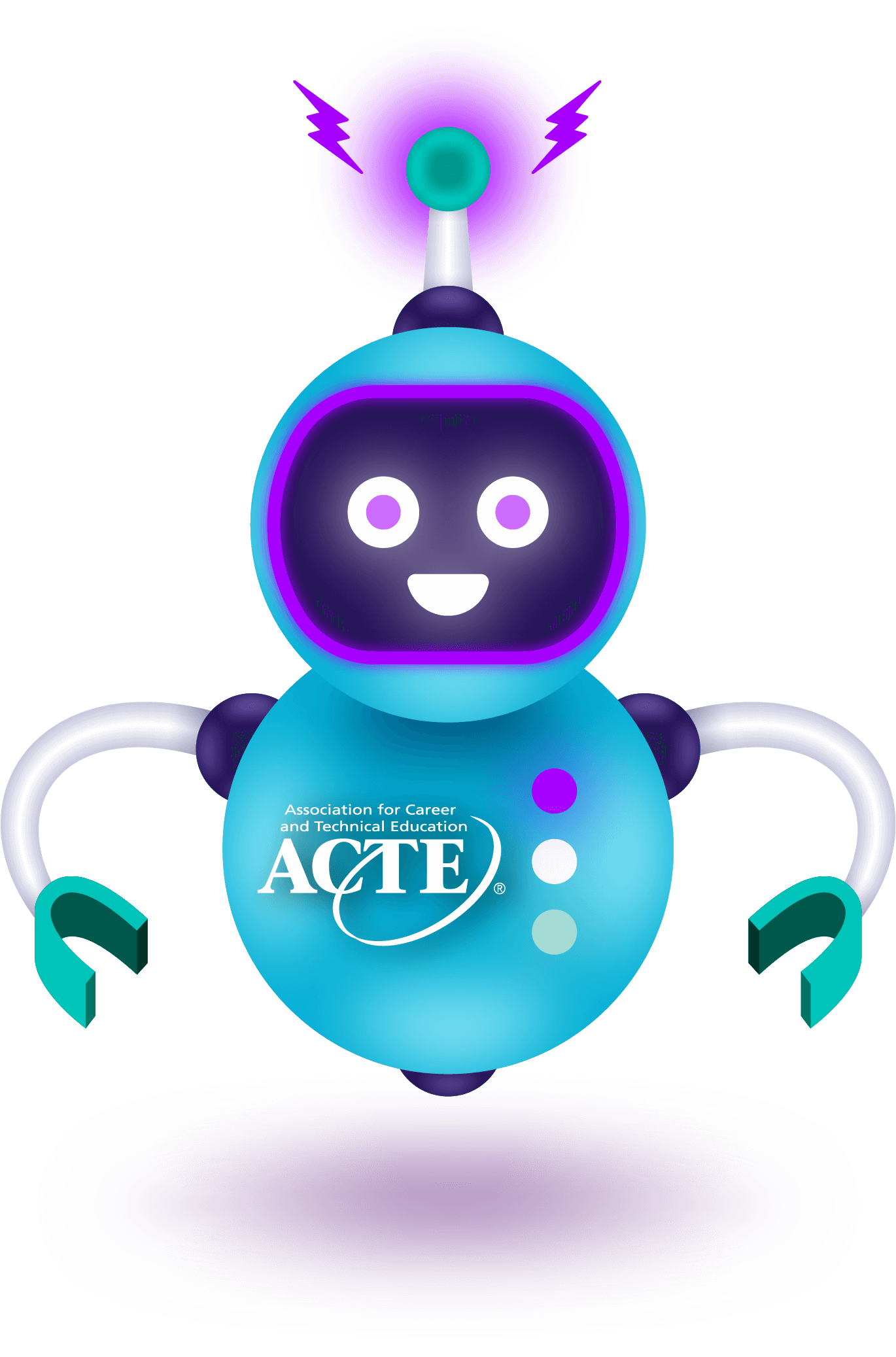 Back to school took on a whole new meaning in 2020–21. Across the country, teachers are working hard to:
Back to school took on a whole new meaning in 2020–21. Across the country, teachers are working hard to:
- Navigate rapidly changing educational environments.
- Establish a “new normal” for themselves and their students.
Although recent research shows that students prefer face-to-face learning, many educators are being challenged to create lessons that resonate via computer screens or in reduced in-person interactions.
How can today’s career and technical education (CTE) teachers grab their students’ attention and help them develop in-demand skills in such a variety of learning environments? First, we must ask:
Who are today’s students?
Today’s Generation Z students — born between 1996 and 2012 — crave regular and technology-based learning opportunities. They truly are digital natives, having never known life without technology. (One-third of college students today consider the internet as important as air and water. ) As such, they seek out educational experiences that use visually enhanced methods of teaching.
Experiential learning is key. Research has long shown that learning from experience is more effective than learning from lecture-based discussion. Experiential learning gives students the chance to apply course concepts and knowledge to real-life problems and situations they may encounter in their own lives.
Gen Z students must be able to identify those connections — or else they will disengage from the learning. They crave the same immediate feedback they get from social media, on their schoolwork. When students collaborate and connect instead of sitting and listening, they create opportunities for instant peer-to-peer feedback. And if those opportunities for collaboration and connection are also self-paced and self-directed, then better yet! Research shows that Generation Z students do best when learning is autonomous. Experiential learning lets students apply critical thinking skills and create their own interpretations of what they learned.
Ideas for teaching Generation Z
Teaching Gen Z students could mean rethinking the way you have taught for decades. While not easy, it is possible — and it can be fun. Use these ideas to connect with your Generation Z students and engage them in CTE.
Set the stage with an activity.
Remember, you are creating an experience with every lesson you teach. This is your time to grab their attention. Set the stage for the experience by introducing the concept in a simple way. For instance, if your lesson focuses on geriatric sensitivity and elder care, you might introduce the lesson by having students complete an empathy self-assessment. Such an activity will inspire critical thinking. (Results can be shared in person or via learning management system.)
Use peer-to-peer discussions.
In-class (or remote) discussions present opportunities for students to work not only on employability skills — like communication and teamwork — but also to engage with their peers, provide feedback and make connections. Consider limiting discussion time (five or 10 minutes) to begin.
Ask questions at crucial moments.
By breaking up your presentation or lecture with intriguing questions, you’ll help your students pay attention longer. Keep them on their toes. Share a few slides, then pose a question: “What would you do if…?” Ask three to five students for their answers.
Bring in guest speakers.
Whether you’re coordinating in-person guests or scheduling remote speakers via video conference, encourage your students to do their research and come prepared with questions. When they connect with professionals in related fields, Gen Z students start to see the relevance of what they’re learning.
Incorporate employability skill development whenever possible.
Students will need to use communication, time management and technology skills to connect and learn, in-person or via their computers. Emphasize development of these skills by prioritizing formal and informal speaking opportunities, using project-based learning to foster time management and responsibility, and making intentional tweaks to assignments to encourage adaptability.
Make time to reflect.
Reflection brings learning to life. It helps students find relevance and meaning in lessons as they make connections between educational experiences and real-life situations. “How did it go?” “How did you feel during this experience?” “What could have gone better?” Encourage students to reflect; they might write a short paper, record a video, journal or discuss in small groups. Technology is a highly effective teaching tool for experiential learning. In fact, 93% of educators agree that digital resources help in their students’ academic achievement. Sixty-five percent of teachers say technology lets them demonstrate things they couldn’t show another way. Whether you’re teaching remotely or in-person, use your access to technology to create more interactive lessons.
Remember that variety resonates with Gen Z students. This doesn’t mean you have to re-do your entire curriculum. Start small. Break up your existing lectures with quizzes, activities and interactive demonstrations. Give your students more than a textbook. Use videos, online activities, group work and simulators to keep your students’ attention and give them an experience. Additionally, your colleagues can be a great resource! Ask your fellow educators what they’re doing in their programs to engage their Generation Z students.
Be flexible in your teaching methods and in the ways that you communicate with your students. Do this, and you’ll find that you can engage with Gen Z students in innovative and productive ways.
Attending ACTE’s CareerTech Virtual VISION 2020? Denise Dubois will explore more about how to engage today’s learners in her session, “Employing Innovative Learning Methods to Educate Generation Z Students.”
Check out the Virtual VISION program schedule for more details. And register today!







